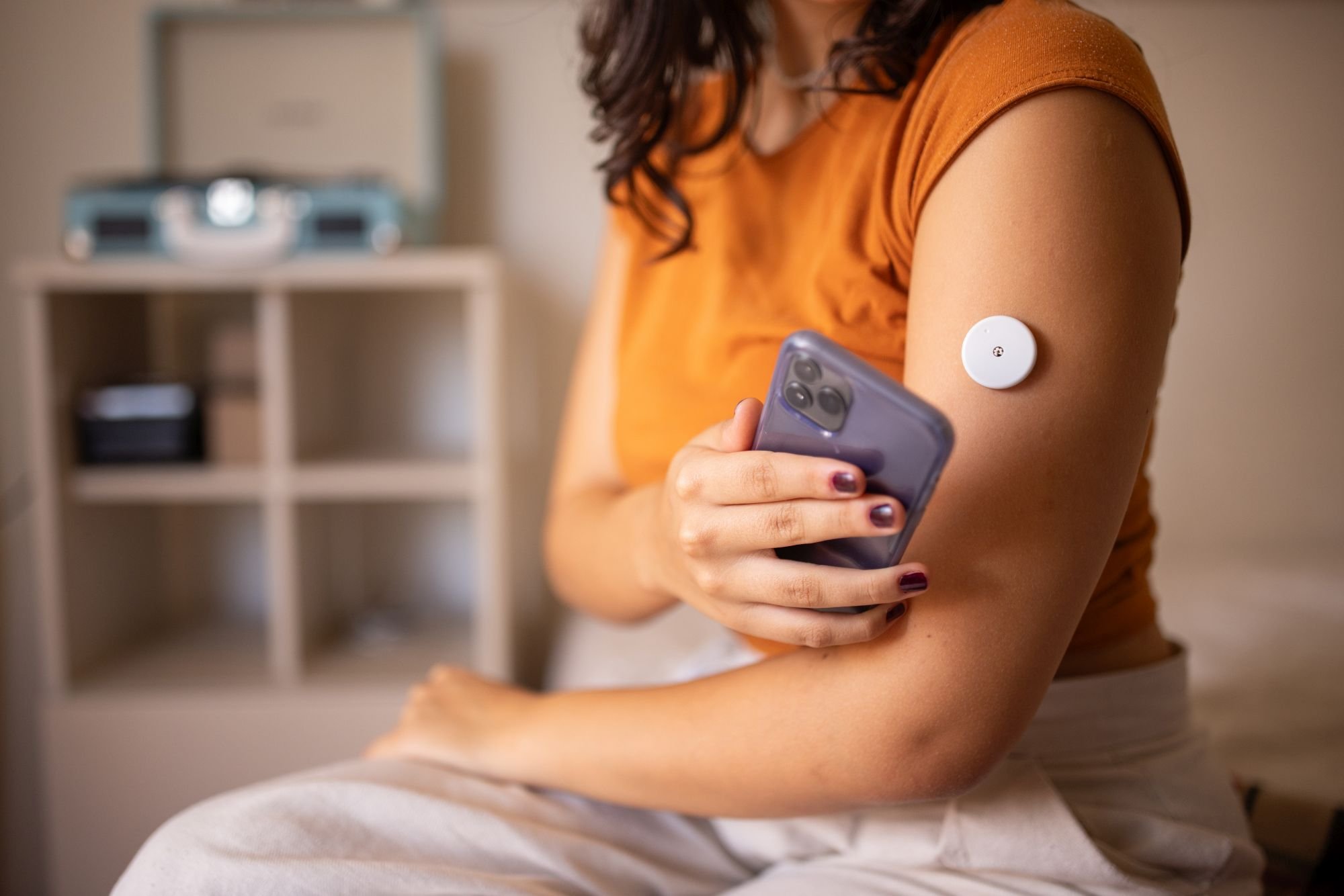DexCom, Inc.'s (DXCM 1.03%) continuous glucose monitors (CGM) are increasingly being used by diabetics to track their blood glucose levels, and based on the company's second-quarter results, the company's sales momentum is accelerating following the approval of its newest device, the G6. Is this stock worth adding to your portfolio? Here's what management's saying about its business today and its potential in the future.
What they do
Normally, beta cells in the pancreas produce insulin that turns glucose in the blood into energy; however, people with type 1 diabetes don't produce insulin, and type 2 patients have developed a resistance to insulin. There are an estimated 30 million people with diabetes in the U.S. alone, including about 1.5 million people with type 1 diabetes.

IMAGE SOURCE: GETTY IMAGES.
In the past, patients with type 1 disease and many patients with type 2 diabetes have relied upon finger sticks to draw blood, blood glucose monitors to measure blood sugar levels, and insulin injections to bring blood glucose readings down to a normal range.
More recently, patients requiring multiple insulin doses per day have been reducing their need for finger sticks by using CGMs, including those made by DexCom, to track and report blood glucose levels in real time. These devices include the use of wearable sensors that record the data and a receiver, or in the case of DexCom, an app, that communicates with the sensors, tracks the data, and reports it to patients and caregivers.
A big advance in care
Until competitor Abbott Labs (ABT 0.36%) won approval of its Freestyle Libre CGM last year, patients still had to use fingersticks to calibrate their CGMs. The approval of the Freestyle Libre did away with that requirement, significantly reducing patient burden and, in the process, giving Abbott Labs an edge in the CGM market.
However, Abbott's advantage didn't last very long. In March, the FDA approved DexCom's G6, which similarly does away with finger sticks for calibration. Importantly, the G6 packs features the Freestyle Libre doesn't, which could tilt market share back in DexCom's favor. Specifically, the G6 doesn't require a stand-alone receiver, and its sensors automatically communicate data to a user's app or another compatible device. Abbott requires a receiver (there's no app yet), and it has to be held within 1.5 inches of its sensors to transfer data. The G6 also has an alarm to alert patients of dangerous glucose readings that the Freestyle Libre doesn't.
Those advantages appear to be resonating with patients. Although the G6 was only available for part of the quarter, DexCom's sales jumped 42% year over year to $242.5 million in Q2 2018. As a result, after backing out gains associated with DexCom's equity investments, the company's adjusted loss improved to $0.10, which was $0.08 better than industry watchers were expecting.
What's on tap from here
There was plenty to like about the company's second-quarter performance, including a 78% year-over-year increase in international sales, but what's really moving the needle for investors is the company's potential to profit from its inclusion in next-generation, closed-loop, automated-insulin delivery systems that pair its CGMs with insulin pumps.
Last year, Medtronic (MDT 0.62%) won FDA approval for the first closed-loop monitoring and insulin pump solution, the MiniMed 670G. A DexCom competitor, Medtronic built its system using its own Guardian CGM and pump. The system has been a success, with Medtronic reporting 70,000 users at the end of March, up from 20,000 exiting December.
Soon, though, the MiniMed 670G is going to face stiff competition from Tandem Diabetes (TNDM 2.22%) t:slim X2 system, which relies on DexCom's G6 and Tandem's own insulin pump. The FDA gave Tandem Diabetes the OK to market its automated solution in June when it approved Basal-IQ, an algorithm that shuts off insulin delivery from Tandem's pump when blood glucose levels are predicted to get too low in the future.
Tandem says it's on track to launch its system with the G6 this month. The availability of Tandem's automated-insulin system could benefit DexCom in two ways: It could increase G6 demand in the coming year, and since DexCom has a $55 million equity stake in Tandem Diabetes, a successful launch could increase the value of its investment. For consideration, DexCom's cost basis in Tandem is only $5 million.
Tandem isn't the only manufacturer using DexCom's G6, though. DexCom's CGMs are also being evaluated as part of automated insulin systems being developed at Insulet (PODD 0.97%) and Eli Lilly (LLY 0.47%).
Is DexCom a stock to buy?
DexCom's profitability has been a question mark, but that's due in part to the company's international expansion plans and research and development efforts. If those investments pay off, then earnings should follow. Because international revenue grew more quickly than U.S. revenue last quarter, overseas sales now represent 22% of revenue, up from 17% of revenue in Q2 2017.
Due to greater global demand for its CGMs, management now thinks its full year 2018 sales will be approximately $925 million, and that's significantly higher than its prior range of between $850 million to $860 million.
Given that reports suggest CGMs have only penetrated about 20% of the addressable market for type 1 patients, and even less in type 2 patients, there's good reason to think DexCom's future is bright enough for it to warrant being included in investors' portfolios.











